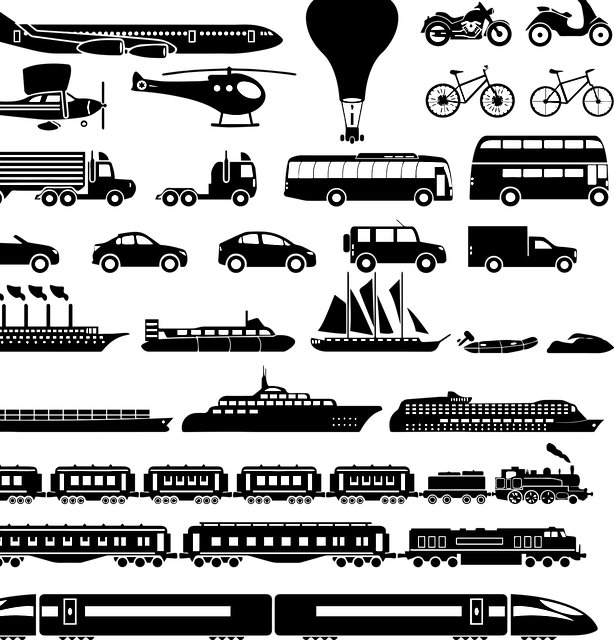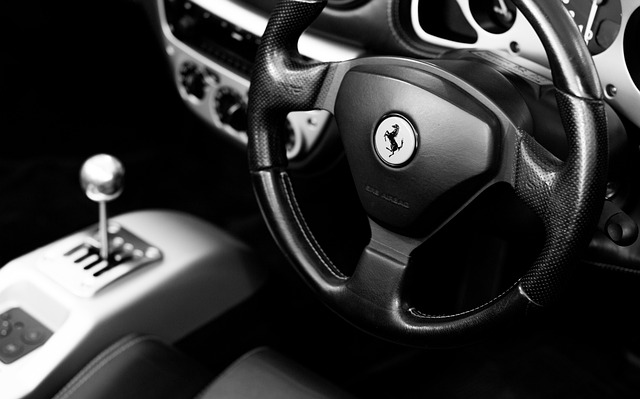Enclosed car transport is ideal for securely moving classic cars, protecting them from environmental elements and potential damage during transit. Though navigating legal aspects can seem daunting, proper preparation, including documentation like a bill of lading, insurance info, and appraisal, ensures compliance. For long-distance travel, choose enclosed carriers to safeguard vehicles from external factors and internal damage, ensuring thorough inspections and securing loose items before loading.
Shipping classic cars across state lines requires careful consideration, from understanding enclosed car transport to navigating legalities and preparing your vehicle for a safe journey. Enclosed car transport offers unparalleled protection against weather, road debris, and damage during transit, ensuring your classic arrives intact. This comprehensive guide breaks down the basics, benefits, legal requirements, and preparation tips to help you navigate cross-state shipping with ease.
- Understanding Enclosed Car Transport: The Basics and Benefits
- Navigating Legalities and Documentation for Cross-State Shipping
- Preparing Your Classic Car for a Safe Long-Distance Journey
Understanding Enclosed Car Transport: The Basics and Benefits

Enclosed car transport is a specialized service designed for the secure and protected movement of classic cars, ensuring they reach their destination in pristine condition. Unlike open-air shipping methods, this process involves transporting vehicles within a sealed, climate-controlled container, offering numerous advantages.
The benefits are multifaceted; first and foremost, it provides exceptional protection against environmental elements like harsh weather conditions, road debris, and potential damage from other vehicles. Additionally, enclosed transport maintains a consistent internal environment, protecting the car’s finish, interior, and mechanical components from dust, dirt, and moisture. This meticulous approach is particularly valuable for classic cars, which often have delicate finishes, custom interiors, and irreplaceable historical value.
Navigating Legalities and Documentation for Cross-State Shipping

Navigating the legalities and documentation for shipping a classic car across state lines can seem like a daunting task, but with the right preparation, it’s entirely manageable. The first step is to familiarize yourself with federal and state regulations governing motor vehicle transportation. This includes understanding the rules around titling and registration, as well as any specific requirements for enclosed car transport. Many states have agreements in place that simplify this process, especially for classic or antique vehicles, so it’s worth checking these inter-state compact commission resources to avoid unnecessary complications.
Proper documentation is key. You’ll need a comprehensive bill of lading that details the pickup and delivery points, vehicle specifications, and insurance information. Additionally, an accurate appraisal or valuation of the car can help expedite customs clearance if your vehicle crosses international borders. Always keep copies of all documents for your records and consider consulting with a shipping company specializing in enclosed car transport to ensure compliance throughout the journey.
Preparing Your Classic Car for a Safe Long-Distance Journey

When preparing your classic car for a long-distance journey, ensuring its safety during transport is paramount. The first step is to choose an enclosed car transport method, as this offers unparalleled protection from environmental elements and potential damages during transit. Enclosed carriers are designed to secure vehicles, minimizing movement and preventing accidental collisions inside the transport unit.
Before loading, thoroughly inspect your classic car, addressing any existing repairs or issues. Ensure all fluids are at optimal levels, tires are properly inflated, and the engine is in good working order. Secure loose items within the car, such as collectibles or accessories, to prevent them from shifting during transit. Proper preparation guarantees a smoother journey for your beloved classic, ensuring it arrives safely at its destination.
Shipping classic cars across state lines requires careful planning and understanding of enclosed car transport methods. By knowing the legalities, documentation needs, and preparing your vehicle adequately, you can ensure a safe and smooth journey for your cherished classic. Enclosed car transport offers protection from the elements and potential damage during transit, making it an ideal option for these precious vehicles.
